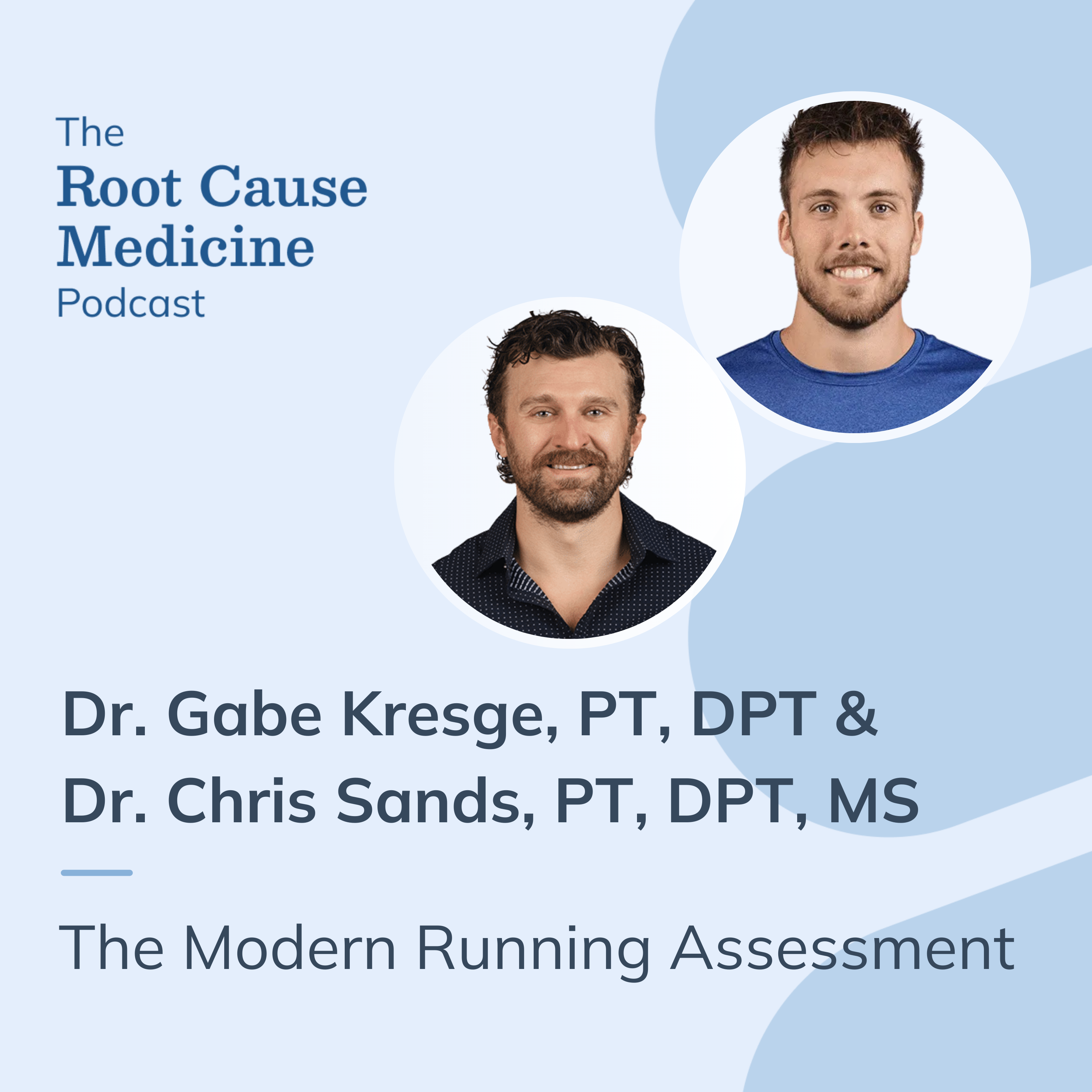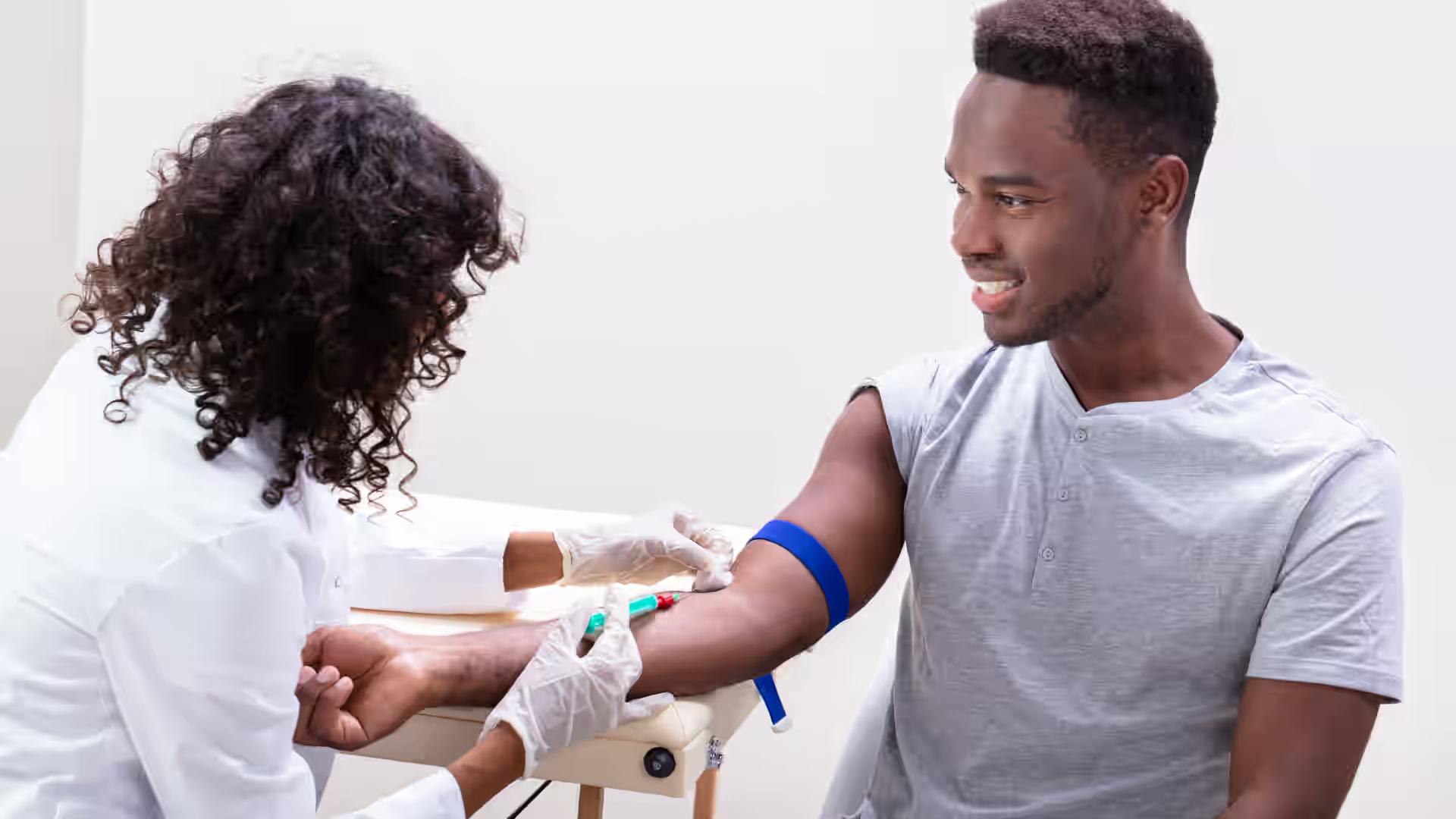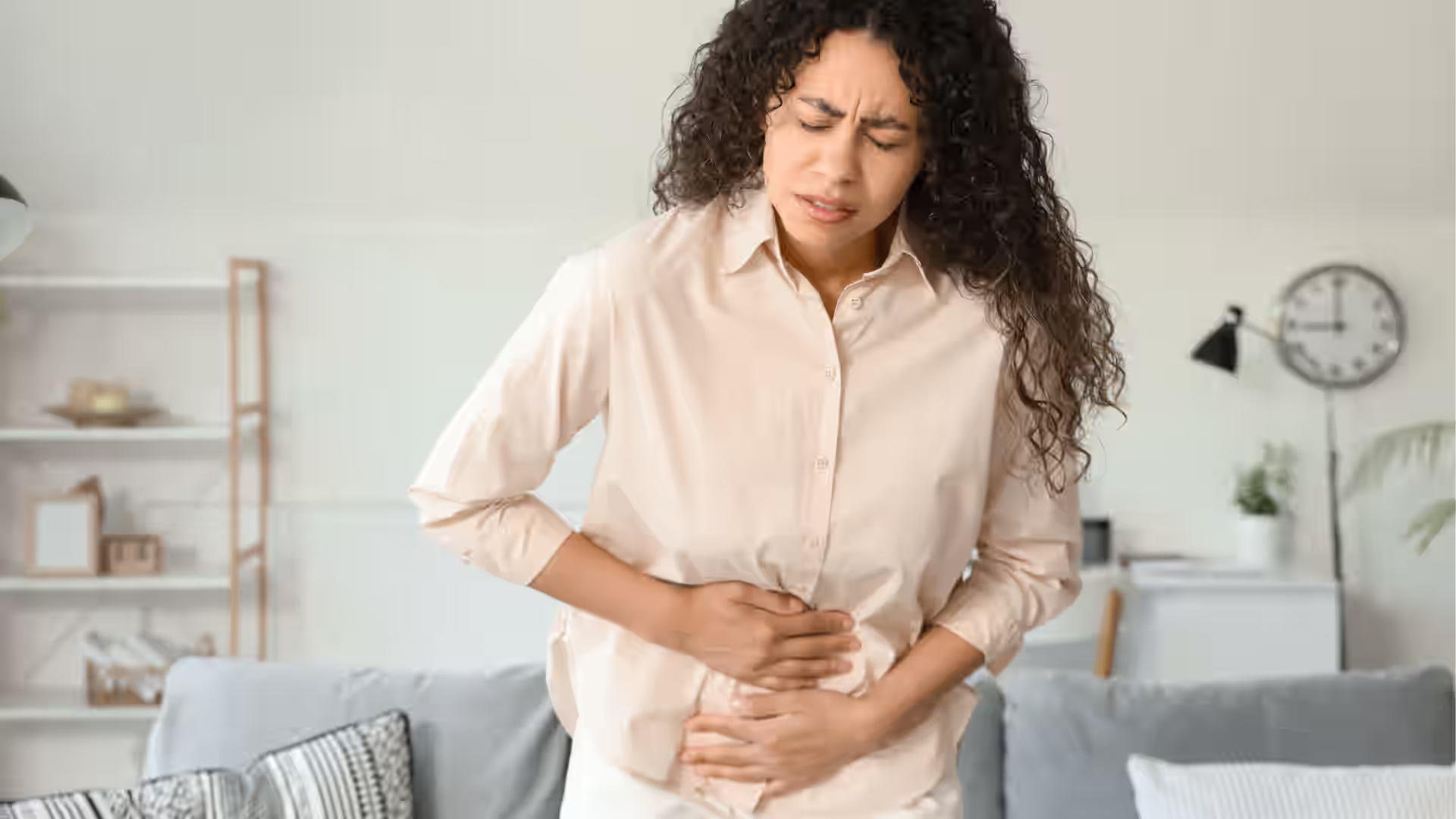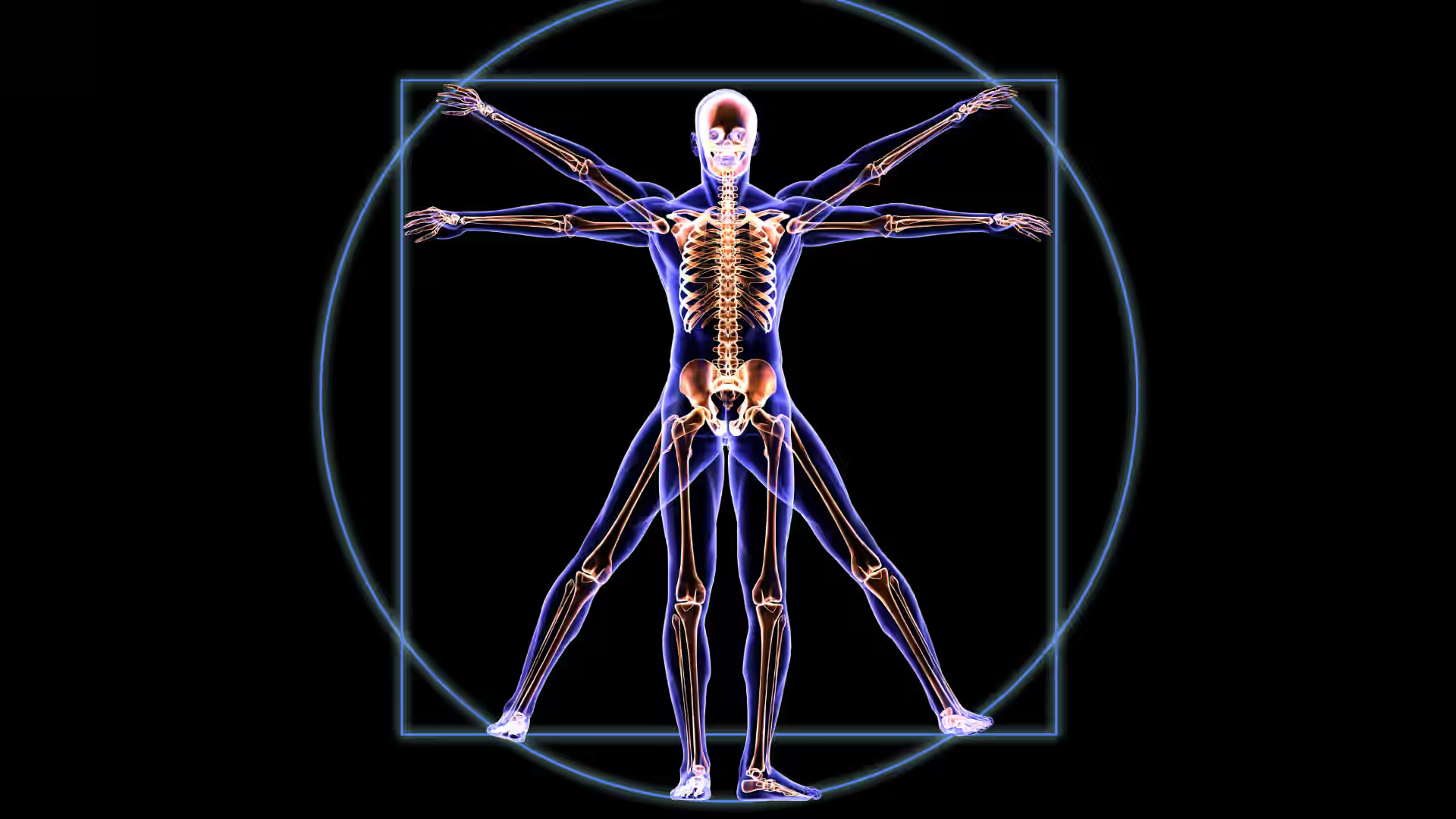Constant trips to the restroom can interfere with daily life, but management options are available. If you find yourself rushing to the bathroom more often than usual or worrying about accidents, you might be dealing with a condition called overactive bladder (OAB).
Overactive bladder is a common medical problem that affects millions of people. In fact, one study reported that OAB affects up to 30% of U.S. women at least sometimes, and up to 17% of U.S. men at least sometimes. Despite its prevalence, many feel embarrassed to talk about it.
In this article, we will explore the causes, symptoms, treatments, and coping strategies for overactive bladder, with the goal of helping you feel more informed and confident.
Whether you are experiencing these symptoms yourself or caring for someone who is, learning more about OAB is the first step toward finding effective ways to manage symptoms.
[signup]
Understanding Overactive Bladder
Let’s begin by defining overactive bladder:
What Is Overactive Bladder?
Overactive bladder (OAB) is a chronic medical condition characterized by urinary symptoms that usually include a sudden, powerful urge to urinate without any other medical condition such as a urinary tract infection (UTI) causing these symptoms.
People with OAB often go to the bathroom more often than usual and might wake up at night to pee (called nocturia). Sometimes the strong urge to pee can cause accidents (called urgency urinary incontinence), where you accidentally lose some urine.
Key factors pointing to OAB include:
- Strong Urge: you suddenly feel like you have to urinate urgently and can't wait.
- Frequent Urination: you need to go to the bathroom more times each day than normal (some sources report that urinating more than 8 times in one day, or one or more times at night, fits this definition).
- Waking Up at Night: you might wake up one or more times during the night to urinate (nocturia).
- Accidental Leaks (Optional): sometimes, the urgent need to urinate may lead to accidentally leaking urine.
- No Clear Cause: These symptoms occur without an active urinary tract infection or other identifiable cause.
OAB is a common condition affecting millions of U.S. men and women that can significantly interfere with daily activities and work. OAB is costly due to healthcare expenses and lost work time, yet many people do not seek treatment because of embarrassment or lack of awareness.
Normal Bladder Function
To better understand OAB, it helps to picture how the bladder works.
The bladder is an important part of the urinary system that stores urine made by the kidneys until you need to urinate. It has a smooth muscle called the detrusor that tightens to push urine out through the urethra when it's time to urinate.
Your nervous system sends signals to the bladder to control when it fills up with urine and when it releases it, ensuring that urination happens smoothly and correctly.
Two types of nerves control the bladder. Autonomic nerves automatically store and release urine without you having to think about it, while somatic nerves let you choose when to urinate.
In OAB, these nerve signals get mixed up, causing the bladder to squeeze too often or suddenly.
Causes and Risk Factors
There are a lot of potential causes for OAB; if you’re struggling with symptoms, knowing the cause can help your doctor find you the best treatment.
Potential causes include:
Medical Conditions
- Stroke: this can mess up the signals between your brain and bladder, making you suddenly feel the need to urinate.
- Multiple Sclerosis (MS): MS damages the nerves that control your bladder, causing frequent urges.
- Parkinson’s Disease: this affects muscle control, including the bladder muscles, leading to OAB symptoms.
- Spinal Cord Injuries: an injury can interrupt communication between your brain and bladder, causing the bladder to squeeze too often.
- Alzheimer’s Disease: memory and thinking issues can make it harder to manage bladder signals.
Bladder Muscle Issues
- Overactive Detrusor Muscle: the bladder muscle becomes too sensitive and contracts too often, even when the bladder isn't full.
- Weak Pelvic Floor Muscles: these muscles support the bladder, and if they’re weak, it can lead to sudden urges and accidental leaks.
Hormonal Changes
- Menopause: decreasing estrogen levels can weaken bladder tissues, making the bladder more likely to overact.
Bladder Conditions
- Bladder Tumors or Stones: these can irritate the bladder, causing you to feel the need to urinate more often.
- Urinary Tract Infections (UTIs): infections can irritate the bladder, leading to urgent and frequent urination.
Blockages in Urine Flow
- Enlarged Prostate (in men): this blocks the flow of urine, increasing pressure in the bladder and causing frequent urges.
- Constipation: a full bowel can press against the bladder, making you feel the need to urinate more often.
- Previous Surgeries for Incontinence: these can affect the nerves and muscles that control the bladder.
Other Chronic Conditions
- Diabetes: high blood sugar can damage nerves (diabetic neuropathy) that control the bladder.
Lifestyle and Behavior
- Drinking Too Much Caffeine or Alcohol: these can increase urine production and irritate the bladder.
- High Fluid Intake: drinking too many fluids can contribute to increased urinary frequency.
Certain Medications
- Diuretics ("Water Pills"): these increase urine production, leading to more trips to the bathroom.
- Sedatives and Muscle Relaxants: can make it harder for your bladder to control urine flow.
- Antidepressants: some can affect how your bladder muscles work.
- Decongestants: can tighten bladder muscles, causing an urgent need to urinate.
Other Factors
- Not Being Able to Reach the Bathroom Quickly: makes it harder to control when you need to urinate.
- Not Fully Emptying the Bladder: leaving urine in the bladder can make you feel like you need to go again soon.
- Obesity: extra weight puts constant pressure on the bladder, leading to urgency and possible leaks.
- Unknown Causes: sometimes, the exact reason for OAB isn’t clear.
If you have symptoms of OAB, it's important to talk to a doctor to get the help you need.
Symptoms of Overactive Bladder
The main symptoms of OAB are:
- Urgency: a sudden, strong need to urinate
- Frequency: going to the bathroom more often than usual (usually more than eight times in 24 hours)
- Nocturia: waking up at night to urinate, sometimes multiple times
- Incontinence: leakage of urine, especially if you cannot get to a restroom quickly
Other conditions can cause similar symptoms: for example, a urinary tract infection or interstitial cystitis may mimic OAB.
If you have any of these symptoms that do not go away, it is wise to talk to a healthcare professional for an accurate diagnosis.
Diagnosing Overactive Bladder
The American Urological Association (AUA) and the Society of Urodynamics, Female Pelvic Medicine, and Urogenital Reconstruction (SUFU) have established guidelines for OAB diagnosis.
Criteria for diagnosis include the following:
Thorough Medical History
Diagnosing overactive bladder (OAB) begins with ruling out other possible causes. Your doctor will ask about urinary symptoms, their severity, and their impact on daily life.
Physical Examination
A physical exam may include a general exam, neurological and abdominal exams, a pelvic exam for women, and a rectal exam for both men and women.
Urinalysis & Laboratory Testing
Testing often includes:
- Urinalysis (Urine Test): checks for infections, blood, or glucose in urine (to rule out UTIs, kidney disease, or diabetes)
- Urine Culture: ordered if infection is suspected
- Postvoid Residual (PVR) Testing: measures how much urine remains in the bladder after urination to rule out urinary retention
Bladder Diaries & Symptom Questionnaires
Patients may be asked to keep a bladder diary for a few days, tracking:
- Fluid intake
- Urination frequency and volume
- Instances of urgency and leakage
- Any triggers that worsen symptoms
Advanced Diagnostic Tests (Only for Complicated Cases)
For patients with severe, unexplained, or refractory OAB symptoms, additional tests may be recommended:
- Urodynamic Studies: measure bladder pressure, capacity, and function.
- Cystoscopy: this procedure uses a thin camera to inspect the bladder lining for abnormalities (e.g., tumors, and stones).
- Ultrasound or CT Scan: can check for structural issues in the bladder or kidneys.
Treatment Options for Overactive Bladder (OAB)
Once diagnosed, OAB treatment may include lifestyle changes, medications, or procedures. The best approach depends on the severity of the symptoms and their daily impact.
The following treatments may be considered, depending on the cause:
Lifestyle Changes
- Diet Adjustments: reduce caffeine, alcohol, and spicy or acidic foods that can irritate the bladder.
- Hydration Habits: drink fluids evenly throughout the day to avoid sudden urges.
- Timed Voiding: urinate on a set schedule (e.g., every two hours) to train your bladder.
- Pelvic Floor Therapy: specialists prescribe specific exercises to strengthen bladder-supporting muscles and reduce leaks.
- Better Sleep Habits: limit fluids before bed and empty your bladder before sleeping to reduce nighttime trips.
Medications
- Anticholinergics: these medications reduce bladder spasms but may cause dry mouth or constipation.
- Beta-3 Agonists: these help the bladder hold more urine, reducing urgency.
- Newer Medications: some medications are being investigated for their benefit in OAB, but may not yet be FDA-approved for OAB.
Talk to your doctor about side effects, costs, and generic options.
Medical Procedures
For severe cases when lifestyle changes and medications don’t work:
- Botox Injections: Botox temporarily relaxes bladder muscles, lasting several months.
- Posterior Tibial Nerve Stimulation (Neuromodulation): uses mild electrical pulses to improve bladder control.
- Surgery: while rarely used, bladder augmentation surgery increases bladder size or creates a new way for urine to exit the body. Surgical interventions are rarely necessary and are typically reserved for severe cases when all other treatments have failed.
Natural Remedies
- Acupuncture: may reduce bladder spasms and urgency.
- Herbal Supplements: pumpkin seed extract and gosha-jinki-gan have been studied for OAB, but further research is needed to confirm their effects.
- Mindfulness & Yoga: relaxation techniques may help reduce urgency.
Coping Strategies
Simple adjustments can help people with OAB feel more comfortable:
- Plan ahead by knowing restroom locations.
- Wear dark clothing or absorbent products for confidence.
- Carry extra supplies when traveling.
- At work, schedule regular breaks and discuss flexible restroom access if needed.
- Support groups and counseling may help manage anxiety and frustration.
Technology & OAB Management
Apps are available to track fluids and bathroom visits and to remind you to do pelvic exercises. Additionally, new wearable devices may predict bladder fullness.
Wearable devices and tracking apps may assist in symptom management but should not replace medical evaluation.
OAB is manageable with the right combination of treatments and support. Work with your doctor to find what works best for you.
[signup]
Key Takeaways
- Overactive bladder (OAB) causes a sudden, strong urge to urinate, frequent trips to the bathroom, and sometimes accidental leakage.
- OAB is common, affecting millions of men and women, but many people feel embarrassed to seek help.
- Potential causes include nerve issues, bladder muscle overactivity, hormonal changes, certain medications, and lifestyle factors.
- Diagnosis involves medical history, physical exams, urine tests, and sometimes advanced testing.
- Treatment options range from lifestyle changes and bladder training to medications and, in severe cases, medical procedures.
- Managing OAB includes tracking symptoms, planning restroom access, and using supportive products if needed.
- Talking to a doctor can help find the best approach for symptom relief and improving quality of life.












%201.svg)







